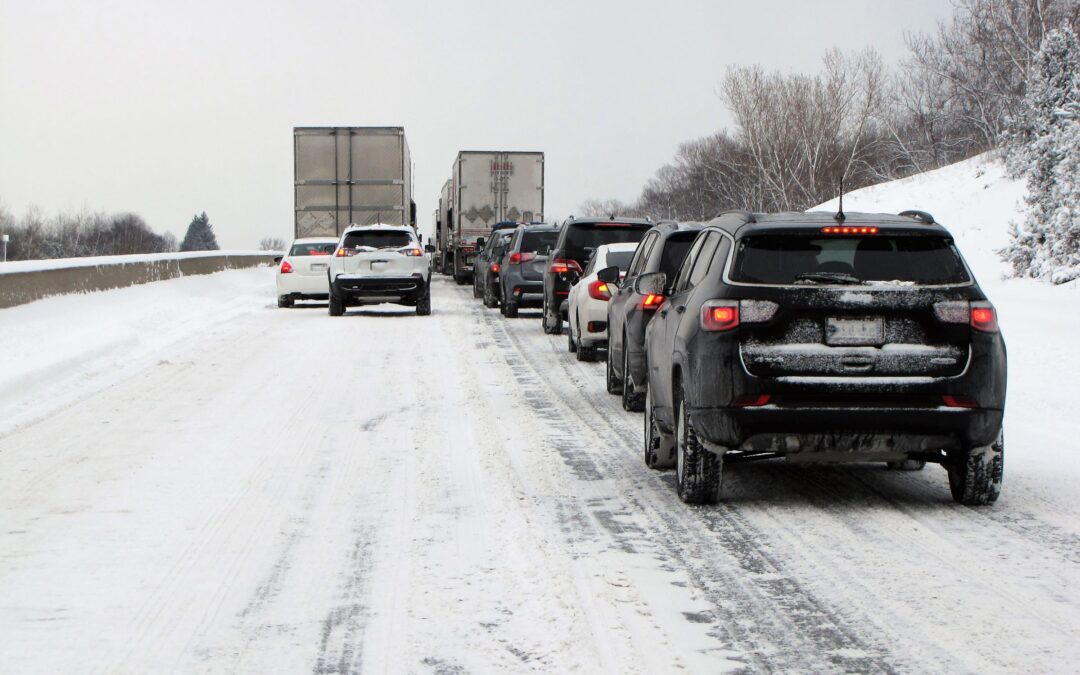When driving in winter weather, the most crucial aspect is adjusting your speed and driving behavior due to reduced traction and visibility, which can lead to accidents if not managed properly. Slowing down and leaving extra space between your vehicle and others is necessary to allow more time to react to unexpected hazards and prevent accidents.
Discussion Points:
- Preparing the vehicle for winter conditions.
- Preparing a survival kit for the vehicle.
- Tips for driving in inclement weather.
- Always be ready for an emergency.
Discussion:
Winter weather can bring many challenges to driving. Taking the necessary precautions and preparing for the winter is essential. Before starting, plan and organize the vehicle for the conditions; this includes checking the tires for adequate tread and proper inflation and ensuring the brakes, lights, and windshield wipers are all in good working order. Installing snow tires or chains may be necessary to improve the grip on icy or snowy surfaces.
Visibility is another crucial factor. Ensure windows, mirrors, and lights are clean, and top off the windshield washer fluid. Clean the windows and headlights frequently throughout the trip. Use headlights and hazard lights to increase visibility to other drivers.
Drive appropriately for the road conditions. Snow, ice, and slush on the roads can significantly reduce traction and increase stopping distances. Adjust the speed to account for reduced traction and visibility. Slowing down and leaving extra space between your vehicle and others allows more time to react to unexpected hazards. Avoid sudden movements or maneuvers that could cause skidding or loss of control. Do not use cruise control in cold conditions because snow can block the sensors. Remove all snow from the vehicle, including the windshield, hood, and roof.
Be extra cautious when approaching bridges, overpasses, and shaded areas, as these areas tend to freeze and can be especially dangerous. Watch for black ice, which can be challenging to see and incredibly slick. If you encounter black ice, do not brake suddenly or make any sudden movements – instead, steer straight and gently pump the brakes if necessary.
If the weather becomes too severe, stay off the roads. However, if you must drive in inclement weather, always be prepared for an emergency by having a fully stocked emergency kit in your vehicle. It should include items such as blankets, food, water, a flashlight, extra batteries, a first aid kit, a portable phone charger, and a shovel. Remember to let someone know your route and estimated arrival time and consider using a GPS to help you navigate safely. Stay with the vehicle if it breaks down, turn on the emergency flashers, and wait for assistance.
By following these tips and remaining vigilant while driving in winter weather, drivers can help ensure a safe and successful journey. Safety should always be the top priority when navigating challenging road conditions. It’s not just about reaching your destination; it’s about doing so safely.
As always, stay safe out there!


Recent Comments